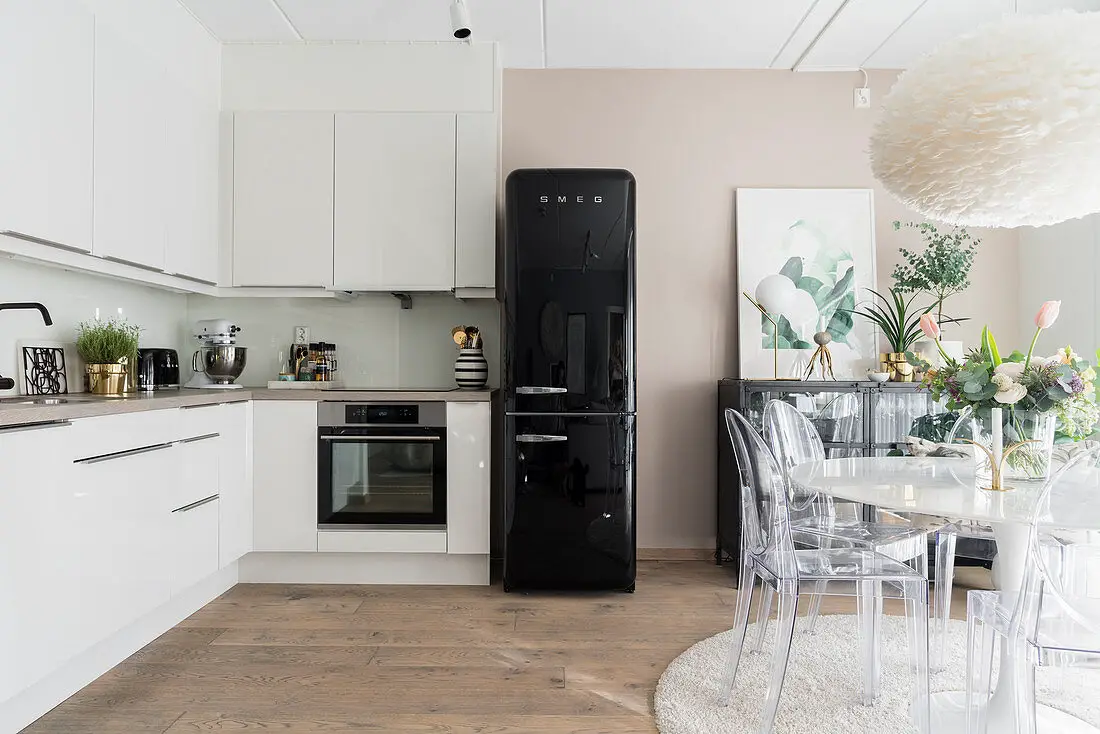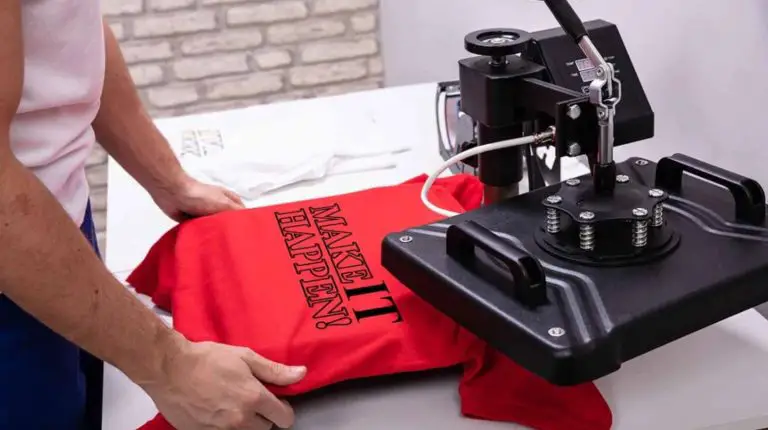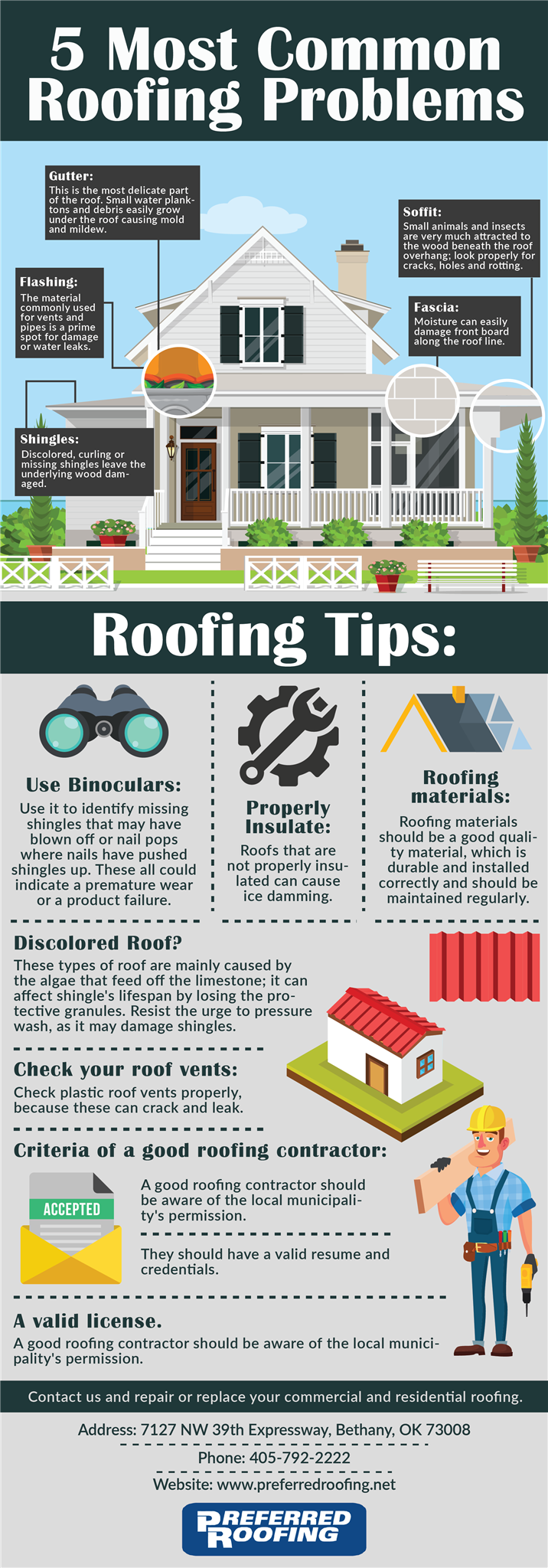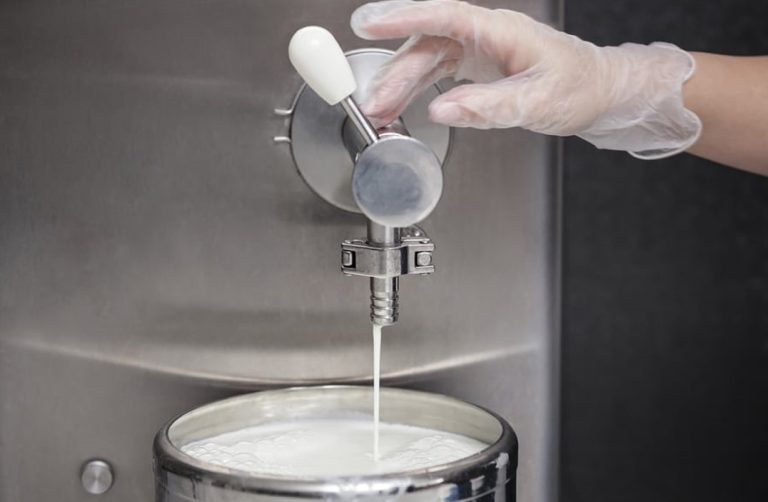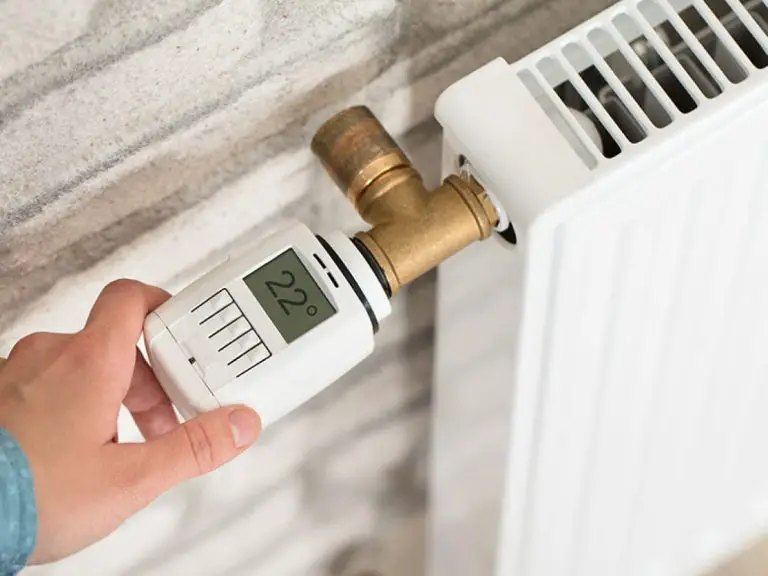What Are The Safety Hazards Of Fridge?
The refrigerator is one of the most important appliances in any home, providing a convenient and safe way to keep food stored and fresh. However, if not used correctly, fridges can be a potential safety hazard. Common safety hazards associated with fridges include the potential for electric shock, the risk of fire, and the possibility of foodborne illness. Improper maintenance and use of a fridge can also cause it to become a risk to the health and safety of those in the household. It is important to know how to properly use and maintain a refrigerator to prevent any potential safety hazards.
Potential Fire Hazards
Refrigerators are essential household appliances for keeping food fresh and safe, but they can also be a source of danger. Fridges can present safety hazards if not properly maintained. One of the most serious safety risks associated with refrigerators is the increased risk of a fire. Refrigerators use electricity to keep food cold, and any electrical malfunction can lead to a potentially dangerous situation. It’s important to be aware of the potential fire hazards that fridges can present and to take the necessary steps to reduce the chances of a dangerous situation occurring.
Potential fire hazards can include frayed wires, loose connections, or a worn-out power cord. To reduce the risk of a fire, it’s important to regularly inspect your refrigerator’s power cord and make sure that it is in good working order. Make sure that all connections are secure and that no cords are frayed or worn out. It’s also important to make sure that your refrigerator is not overloaded with food, as this can cause it to overheat, increasing the risk of a fire. Finally, it’s important to make sure that your refrigerator is placed away from direct heat sources and that it is not blocking any air vents. By taking the necessary precautions, you can help to reduce the risk of a potential fire hazard in your home.
Electrical Hazards
Fridges are some of the most important appliances in the home, but they can also be some of the most dangerous. One of the biggest safety hazards of fridges is electrical shock. Fridges, like any other electrical appliance, are powered by electricity and there are certain risks associated with this power source. Electrical shocks from fridges can occur when a person comes into contact with exposed wires or a loose connection. To reduce the risk of electrical shock, make sure that your fridge is properly grounded and that all of its electrical components are in good working order. Additionally, it is important to use the correct power outlet for your fridge and avoid using any extension cords.
Physical Hazards
When it comes to fridges, physical hazards can be a major concern. Fridges can cause electric shocks, falls, and fires, and it’s important to be aware of these risks. Electric shocks can occur if a fridge is not properly wired and/or grounded. If you experience an electric shock while using a fridge, you should immediately unplug and call an electrician. Falls are another potential problem when using a refrigerator, as the appliance can be large and heavy. Always make sure the fridge is securely attached to the wall or other surfaces before opening it. Fires can also be a concern, as fridges can overheat and ignite flammable materials. It’s important to regularly check the back of the fridge for any signs of overheating and to ensure that the appliance is far away from any flammable materials. By being aware of the potential physical hazards of a fridge, you can help ensure your safety and that of those around you.
Temperature Hazards
In Fridge
When it comes to temperature hazards in fridges, it is important to understand how a fridge works and how it can be a potential safety hazard. Fridges are designed to maintain a cool temperature and, when it is not working correctly, it can cause a range of temperature-related issues that can be potentially dangerous. The most common temperature hazard in fridges is temperature fluctuations. This means that the temperature inside the fridge can quickly change from a cool temperature to a warmer one, which can cause foods to spoil or become unsafe to eat. Additionally, temperature fluctuations can also cause condensation to form, which can lead to the growth of mold and bacteria.
It is also important to note that when a fridge is not properly maintained, it can also be a fire hazard. This is because some components inside the fridge can become overheated and ignite a fire. These overheating components can be caused by a faulty thermostat, a broken fan, or even the wrong type of lightbulb. Additionally, fridges that are not regularly cleaned can be a fire hazard as a buildup of dirt and dust can cause a spark and ignite a fire.
To ensure that a fridge is safe to use, it is important to regularly inspect it for any signs of damage and make sure to clean it regularly. It is also important to check the temperature settings and make sure that they are set correctly. For any components that may be faulty, it is important to replace them immediately as this can help to reduce the risk of any potential temperature-related or fire hazards.

Chemical Hazards
It is important to understand the safety hazards of fridges, especially when it comes to chemical hazards. Refrigerants such as Freon, ammonia, and other hydrocarbon-based coolants can be hazardous if mishandled. Leaks and spills of these chemicals can cause environmental damage and can be hazardous to the health of anyone exposed to them. In addition, improper disposal of fridges with Freon or other coolants can be dangerous and must be done by local, state, and federal regulations.
When handling chemical coolants, it is important to wear protective clothing and a face mask to ensure protection from inhalation of hazardous materials. Additionally, workers should be trained on the proper use and handling of these substances and any necessary safety precautions. It is also important to use a qualified technician to service fridges that use Freon or other chemical coolants. It is illegal to purchase, use, or release Freon or other coolants without the proper certifications.
Carbon Monoxide Hazards
Fridge safety is a crucial factor to consider, particularly when it comes to the potential of carbon monoxide (CO) poisoning. Though fridges are not the primary source of CO, they can be a source of toxic gas when there’s an issue with the appliance. Malfunctioning fridges can produce carbon monoxide, which can accumulate in a space, resulting in a dangerous environment.
Carbon monoxide is an invisible, odorless gas that can build up in enclosed spaces and cause serious health risks. Symptoms of CO poisoning include headaches, dizziness, nausea, confusion, and even death. Exposure to high levels of CO can be fatal and is especially dangerous for those with health conditions such as chronic heart and lung disease.
To ensure that your fridge is not a source of carbon monoxide, it is important to have your fridge regularly inspected and serviced by a qualified technician. Keeping a watchful eye out for any signs of a malfunctioning fridge is also important. Warning signs that a fridge is not working properly include unusual noises, an increase in energy consumption, and an increase in humidity levels.
By taking the right precautions, you can ensure that your fridge is safe and free of carbon monoxide. Regular maintenance and inspection of your fridge will help to avoid the risks associated with CO poisoning.
Potential Mold Growth
When it comes to safety hazards, refrigerator maintenance, and cleanliness are key. One of the most common safety hazards of refrigerators is the potential for mold growth. Mold can form on the walls, door gaskets, and rubber seals of a refrigerator due to condensation and moisture accumulation. This can make the interior of the refrigerator a breeding ground for dangerous bacteria and germs that can cause allergies or illness. To prevent mold growth, it’s important to regularly clean the interior of the refrigerator and keep the door seals dry. Additionally, it’s a good idea to regularly inspect the seals for signs of wear and tear, as this can lead to air leakage and moisture accumulation. Taking these precautions can help to ensure that your refrigerator remains safe and free of hazardous mold growth.
Contamination Hazards
Refrigerators are essential appliances in the home, but they can also pose safety hazards if not properly maintained. Contamination hazards are one of the most common safety issues associated with fridges. Food, water, and other liquids stored in the refrigerator can quickly become contaminated if the refrigerator is not properly cleaned and maintained. This can lead to food poisoning, allergic reactions, and other health issues. To prevent contamination, it’s important to clean the fridge regularly and keep it well sealed. This will reduce the risk of contamination from outside bacteria and spills. Also, make sure to discard expired or contaminated food promptly and keep an eye on any leaking water or ice. Taking these precautions can help keep your family safe from contamination hazards.
FAQs About the What Are The Safety Hazards Of Fridge?
Q. Are there any safety hazards associated with fridges?
A. Yes, fridges can pose a few safety hazards. Fridges can cause fires due to faulty wiring, can cause electric shocks if touched while turned on, and can cause harm if lifted incorrectly.
Q. What should I do if I think my fridge is a safety hazard?
A. If you suspect your fridge may be a safety hazard, contact a qualified technician to inspect and repair it. It is important to keep your fridge in good working condition to ensure it does not present any safety risks.
Q. How can I reduce the risk of a fridge-related injury or accident
A. To reduce the risk of a fridge-related injury or accident, make sure your fridge is in good working condition and regularly check the wiring and the plugs. Additionally, ensure you lift the fridge correctly, keeping your back straight and using your legs to lift.
Conclusion
Fridges pose several safety hazards due to their electrical components and the potential for leaking refrigerants. Therefore, all fridges should be regularly inspected for any potential issues and kept away from combustible materials. Additionally, it is essential to follow all safety instructions when installing and using a fridge to ensure the safety of all users.

